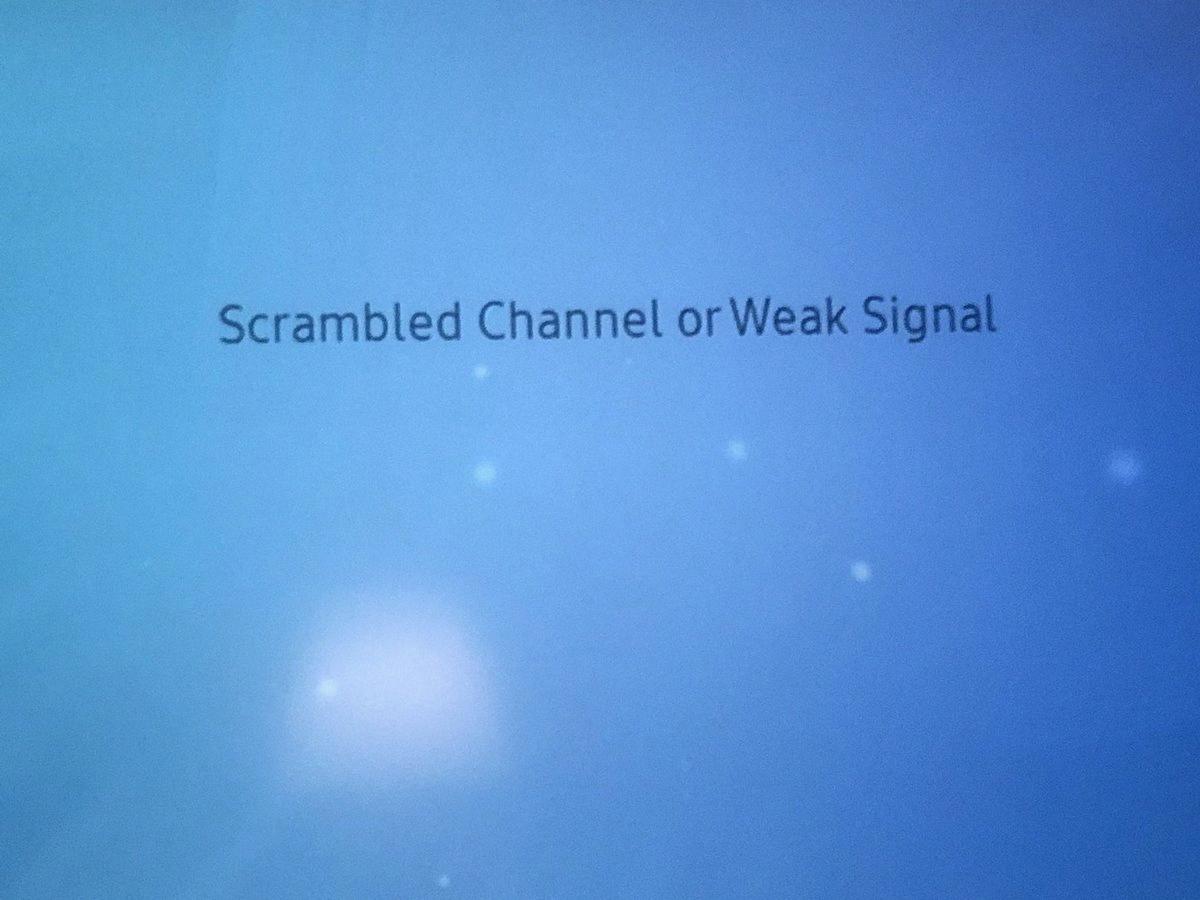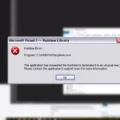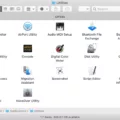Have you ever experienced the frustration of trying to watch your favorite TV channel, only to see a message on your screen saying “scrambled channel” or “weak signal”? If so, you’re not alone. Many people encounter this issue, and it can be quite perplexing. So, let’s delve into the world of channels and scrambled channels to understand what exactly is happening.
Firstly, what is a channel? In the context of television, a channel refers to a specific frequency or range of frequencies that are used to transmit audio and video signals. These signals are then decoded by your TV or set-top box to display the desired content. Each channel is assigned a unique frequency to avoid interference with other channels.
Now, let’s talk about scrambled channels. Scrambled channels are channels that have been intentionally encrypted or scrambled by the service provider. This encryption is done to prevent unauthorized access to the content and ensure that only paying subscribers can view the channel. When you see the message “scrambled channel” on your screen, it means that you do not have the necessary decryption key or authorization to view that particular channel.
So, why do service providers scramble channels? The primary reason is to protect their copyrighted content and prevent illegal distribution. Scrambling the channels makes it difficult for individuals to access the content without paying for it. By subscribing to a particular package offered by your cable or satellite TV service provider, you can obtain the necessary decryption keys to unscramble the channels you want to watch.
Now, let’s discuss the issue of a weak signal. A weak signal occurs when the strength of the transmitted signal from the service provider is not strong enough to be properly received by your TV or set-top box. This can happen due to various factors, such as distance from the broadcasting tower, physical obstructions, or interference from other electronic devices.
To improve the signal strength, you can try repositioning your antenna or satellite dish to get a clearer line of sight to the broadcasting tower. You can also consider using signal boosters or amplifiers to enhance the signal reception. In some cases, contacting your service provider to check for any technical issues or upgrades in your area may also help resolve the weak signal problem.
Encountering a scrambled channel or weak signal can be frustrating, but understanding the reasons behind these issues can help you find a solution. Remember to check with your service provider about the packages they offer to unscramble channels, and explore ways to improve your signal strength if you face a weak signal problem. Happy watching!
What Does Scrambled Channel Mean?
A scrambled channel refers to a television channel that has been encoded or encrypted to prevent unauthorized access. When a channel is scrambled, the video and audio signal is altered in a way that makes it difficult or impossible for viewers to watch the channel without the proper decoding equipment or authorization.
Scrambling is primarily used by cable and satellite TV providers to protect premium or paid channels from being accessed by non-subscribers. This ensures that viewers who have not paid for these channels cannot access them without a specific authorization, such as a subscription or a pay-per-view purchase.
The scrambling process involves encrypting the channel’s signal using a specific algorithm or code. This encryption can only be deciphered using a corresponding decryption key or access card, which is typically provided to authorized subscribers. Without this key or card, attempting to tune into a scrambled channel will result in a distorted or unintelligible signal.
To watch scrambled channels, viewers need to subscribe to a specific package or pay for individual channels. Cable and satellite TV providers offer various packages that unscramble the channels you want to watch, allowing you to enjoy the content you desire by paying for the appropriate subscription or pay-per-view access.
A scrambled channel is a television channel that has been encoded or encrypted to prevent unauthorized access. To watch these channels, you need to subscribe to a package or pay for individual channels through your cable or satellite TV provider.

Why Is My TV Showing Scrambled?
There could be several reasons why your TV is showing a scrambled channel. Here are some possible explanations:
1. Subscription issue: If you are subscribed to a paid TV service, your TV may show a scrambled channel if you have not paid your monthly subscription fee. In this case, you need to ensure that your subscription is up to date and make the necessary payment.
2. Signal problem: A weak or poor signal can also cause your TV to display a scrambled channel. This can happen due to various factors such as bad weather conditions, loose connections, or antenna problems. To resolve this, you can try adjusting your antenna, checking cable connections, or contacting your service provider for assistance.
3. Channel encryption: Certain channels or programs may be encrypted by the broadcaster for copyright or security reasons. If you are not authorized to access these channels, your TV will display a scrambled signal. In such cases, you may need to subscribe to a higher-tier package or contact your service provider to unlock the channels.
4. Receiver or decoder issues: If you are using a digital receiver or decoder, it is possible that there is a problem with the device itself. This can be due to outdated firmware, software glitches, or hardware malfunctions. Try resetting the receiver or decoder, updating its software if possible, or contacting the manufacturer for further support.
5. Regional restrictions: In some cases, certain channels may be restricted or unavailable in your region. This can be due to licensing agreements or broadcasting rights. If you are trying to access a channel that is not available in your area, it may show up as scrambled. Unfortunately, there may not be much you can do in this situation unless the restrictions change.
If you have checked all of these factors and the scrambled channel issue persists, it is recommended to contact your service provider directly. They will have access to specific information about your subscription and equipment, and can provide tailored assistance to resolve the problem.
Can You Open Scrambled Channels?
It is not possible to open scrambled satellite TV channels. When broadcasters scramble their channels, they employ encryption techniques to prevent unauthorized access to their content. Scrambling is commonly used to ensure that only subscribers who have paid for the service can access the channels. Here are a few reasons why it is not possible to open scrambled channels:
1. Encryption: Scrambled channels are encrypted using complex algorithms that make it extremely difficult to decode the signal without the proper decryption key. These encryption methods are designed to prevent unauthorized access and protect the broadcasters’ content.
2. Conditional Access Systems (CAS): Broadcasters use Conditional Access Systems to control access to their channels. These systems require a valid smart card or a digital access device to decrypt the scrambled signal. Without the authorized card or device, the channel remains scrambled.
3. Constant Updates: Broadcasters regularly update their encryption methods and keys to stay ahead of unauthorized access attempts. This means that even if a method of decrypting scrambled channels is discovered, it is likely to be rendered ineffective by subsequent updates.
4. Legal Implications: Attempting to open scrambled channels without proper authorization is illegal in many jurisdictions. Broadcasters invest significant resources in protecting their content, and unauthorized access is considered a violation of their rights.
Due to the encryption techniques, the use of Conditional Access Systems, regular updates, and legal implications, it is not possible to open scrambled satellite TV channels without proper authorization.
What Is Scrambling In TV?
Scrambling in TV refers to the process of altering the characteristics of a video, audio, or coded data stream to prevent unauthorized reception of the information in a clear form. This alteration is carried out through a specified process that is controlled by a conditional access system.
Scrambling is commonly used in television broadcasting to protect content from being accessed by viewers who have not paid for the specific channels or programs. By scrambling the video, audio, or data signals, broadcasters can ensure that only authorized viewers who have the necessary decryption keys or access cards can decode and view the content in its original form.
Scrambling involves manipulating the content in a way that makes it difficult or impossible to understand or interpret without the proper decoding equipment or authorization. This can be achieved through various techniques, such as encryption, which transforms the data into an encoded format that can only be deciphered using the correct decryption algorithm or key.
The conditional access system plays a crucial role in scrambling by managing the authorization process. It determines who has the right to access specific channels or programs, and controls the distribution of the necessary decryption keys or access cards. The conditional access system ensures that only authorized subscribers or viewers can successfully descramble the content and enjoy it in its original, unaltered form.
Scrambling in TV refers to the alteration of a video, audio, or coded data stream to prevent unauthorized reception. This process is controlled by a conditional access system, which manages the authorization and distribution of decryption keys or access cards. Scrambling helps protect content from unauthorized access and ensures that only authorized viewers can enjoy the content in its intended form.
Conclusion
The scrambling of TV channels is a deliberate process implemented by cable or satellite TV providers to protect their paid content from unauthorized access. Scrambling involves altering the characteristics of the video, audio, or coded data stream, making it impossible to receive the channels for free without a valid subscription.
When your TV displays a “scrambled channel” message, it typically means that you haven’t paid your monthly subscription fee to access the particular channel. In such cases, it is important to contact your service provider and ensure that your payment is up to date.
It is worth noting that scrambling channels is a necessary measure for providers to ensure the integrity of their business model and protect copyrighted content. By scrambling the channels, they can prevent unauthorized reception and distribution, thus safeguarding the revenue streams that support the creation and distribution of quality programming.
If you wish to access scrambled channels, you will need to explore the packages and options offered by your local cable or satellite TV service provider. They will have different subscription packages available that unscramble the channels you want to watch, allowing you to enjoy a wide range of entertainment, sports, news, and other content.
The scrambling of TV channels is a protective measure implemented by service providers to prevent unauthorized access to paid content. To access scrambled channels, it is important to ensure that you have a valid subscription and have paid your monthly fees. Contacting your service provider will help resolve any issues and provide you with the necessary information about available packages to enjoy the channels you desire.








